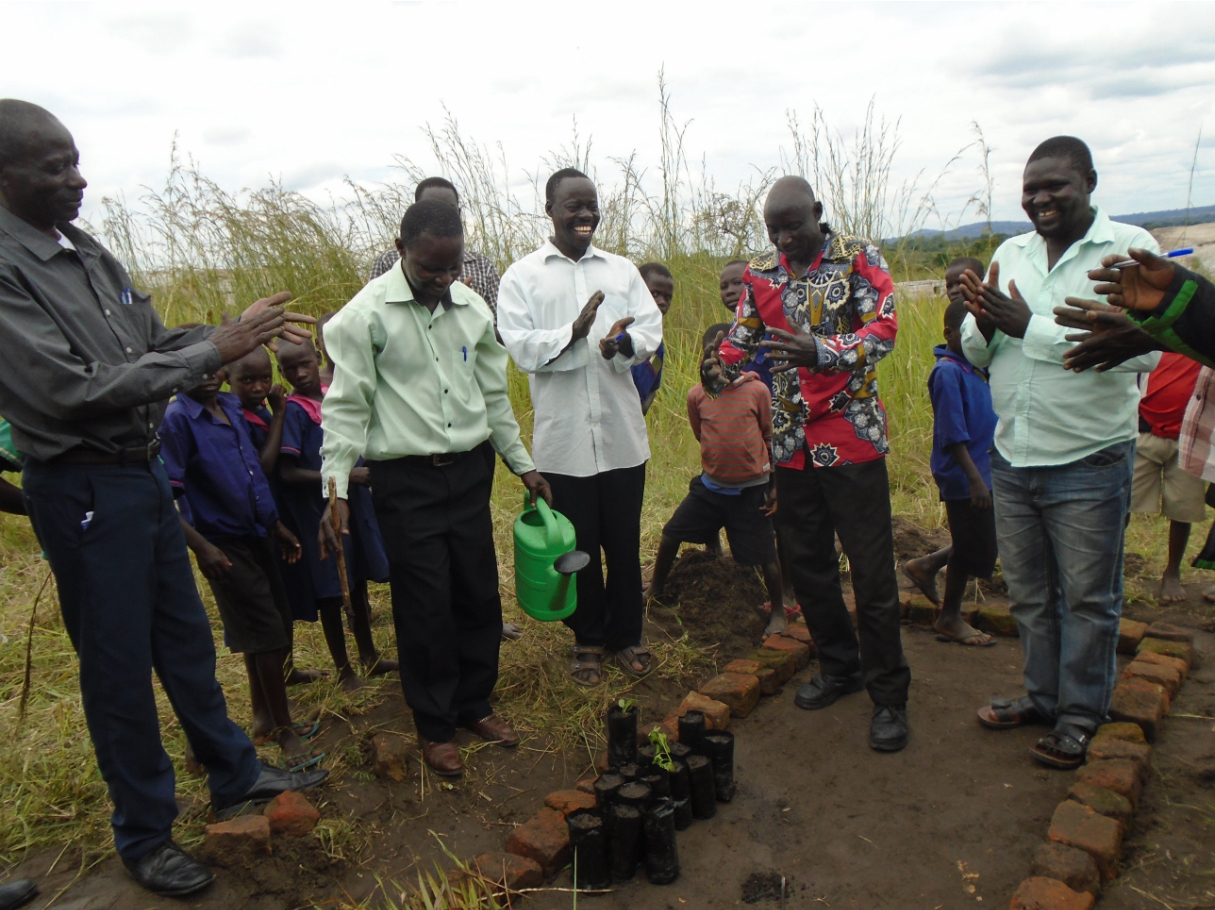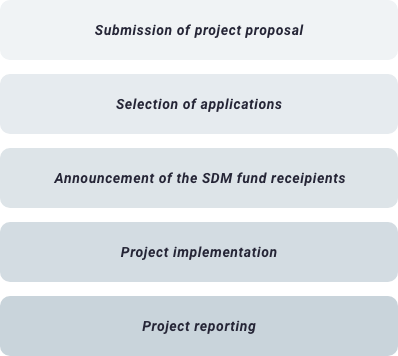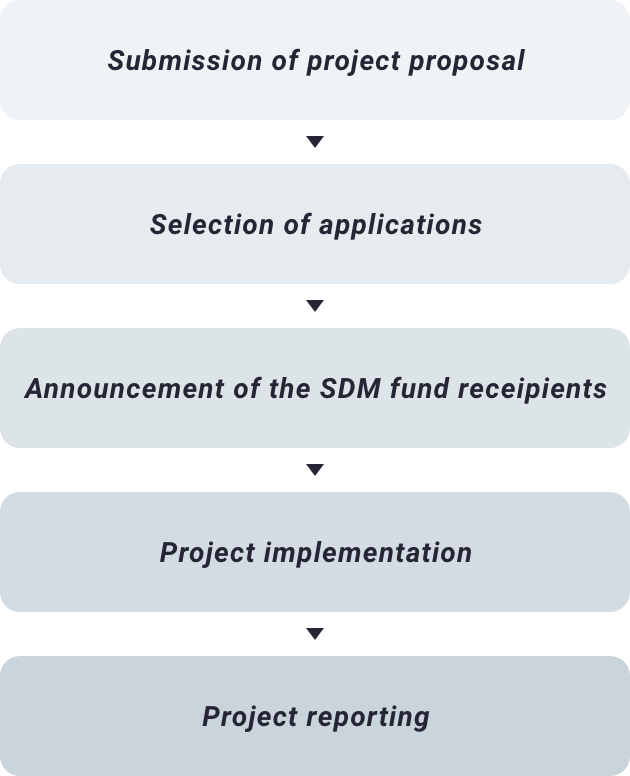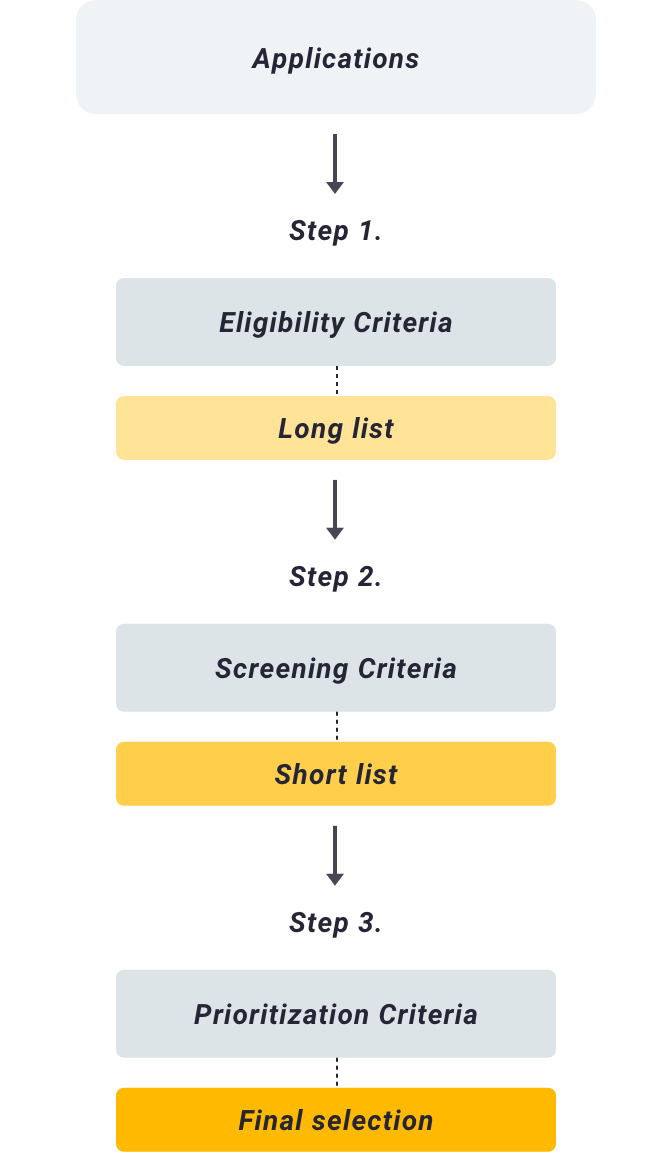Call for Proposals
The Secretariat for the Satoyama Development Mechanism (SDM) is pleased to announce that the SDM has opened a call for proposals. The SDM is one of the collaborative activities of the International Partnership for Satoyama Initiative which facilitate the implementation of activities under the International Partnership for the Satoyama Initiative (IPSI) through the provision of seed funding. The SDM selects up to five IPSI member organisations with convincing proposals through its selection process and criteria specified in this page. The upper limit of the grant amount for one organisation is twenty thousand (20,000) US dollars.
IPSI members are kindly invited to submit project proposals through the Online Application at the bottom of this page, or, if it does not work, by email to the SDM Secretariat (sdm@iges.or.jp). Project proposals for developing and/or implementing IPSI collaborative activities will be welcomed (see here for more about IPSI Collaborative Activities).
- Deadline of applications: Thursday 15 August 2024 (closed)
- Applications submission: Online Application form (recommended), or email to sdm@iges.or.jp
- Number of organisations to be selected: up to five IPSI member organisations
- Grant amount per project: up to US$ 20,000
- Project period: up to 24 months

Overall process
The SDM invites all interested and eligible IPSI members (see eligibility criteria) to apply for the SDM to implement the activities that fall under either of the four project types and address the SDM objectives using the format provided by the SDM. The SDM selects up to six projects from among the eligible applications through a three-step evaluation process (see Project selection).
The successful grant recipients prepare the grant agreement (GA) and the project implementation plan documents. IGES, on behalf of the SDM Secretariat, disburses the first instalment upon agreement on GA with each recipient. In the course of the project implementation, the grant recipients are recommended to provide updates to the SDM Secretariat when they make major progress.
The SDM mandates the grant recipients to submit the final project evaluation report at the project end. The SDM Secretariat, upon the endorsement of the final project evaluation report, disburses the final instalment.


Project selection
The SDM follows a three-step process, eligibility assessment, screening and prioritisation, to select grant recipients. It first prepares a longlist of applications that fulfill eligibility criteria, and narrows it down to a short list after an evaluation against the screening criteria. The SDM Executive Board concludes the selection process among the shortlisted applications referring to the prioritisation criteria.


1. Eligibility criteria
Eligibility criteria
- The applicant is an approved member of the IPSI at the date of submission of the project proposal.
- The applicant has agreed to act as focal point of the proposed project to be contacted by the SDM Secretariat, if the proposal is to be jointly implemented by more than one IPSI members.
- The applicant has demonstrated sufficient institutional capability to implement the proposed project.
- The applicant has demonstrated sufficient English proficiency to deliver a good project report.
- The applicant is not a member of either the Advisory Group or the Executive Board of SDM.
- Any applicant that makes an unequivocally false presentation of him/herself or his/her organisation will be excluded from the SDM.
- The applicant does NOT have an ongoing SDM project as of the application date.
2. Screening criteria
Relevance
- Addresses critical local needs.
- Contributes to the IPSI Strategic Objectives and the Kunming-Montreal Global Biodiversity Framework, particularly OECMs1, landscape/seascape restoration, conservation and collaboration with indigenous peoples and local communities, resilience enhancement and sustainable food or material production.
Effectiveness
- Specifies concrete outputs and outcomes of the project, and logically presents the project components and activities leading to these.
- Engages multiple stakeholders necessary to generate intended outcomes.
Feasibility
- Proposes activities that effectively utilise time and resources while fitting within the given timeline and budget.
- Demonstrates appropriate implementation capacity of the proponent with clear roles of those involved.
Sustainability
- Properly identifies the measures to mitigate possible risks that may emerge during the project implementation.
- Identifies self-reliant operating mechanisms for the continuation and/or further development of project activities upon completion of the project
1Other Effective area-based Conservation Measures. See its guiding principles, common characteristics and criteria for identification in CBD/COP/DEC/14/8 Annex III
(https://www.cbd.int/doc/decisions/cop-14/cop-14-dec-08-en.pdf)
3. Prioritisation criteria
- Potential for an innovation or a best practice
- Underrepresented regions, sectors and/or landscape/seascape types.
- Implements an IPSI Collaborative Activity
(https://satoyama-initiative.org/activities/ipsi-collaborative-activities/) that has already been endorsed by IPSI, or formulates a new IPSI Collaborative Activity. - Applicants not previously been selected by the SDM.
- Demonstrates a strong need of support from the SDM (e.g., limited access to other funding sources).
Application
Please read this document carefully before preparing the application:
Application by Online Form
Please download and fill out the excel document, and upload it at the Online form below.
- Application Form (372 KB) *Please enable macros once you open the file.
- Example of application documents
- ・ [EXAMPLE] Application Form (295 KB)
- ・ [EXAMPLE] Project location and size
apply by
ONLINE FORM
Upload documents and fill out the information by Online form.
Application by email
If you want to apply by e-mail, please attach the following file and send it to the e-mail address down below.
sdm@iges.or.jp
- Application Form(372 KB) *Please enable macros once you open the file.
- ・Photos which represent the SEPLS of the project site (5 photos saved in a zip file)
- ・Project location and size (images or satellite photos of the project site. Please draw a line to make clear the project site in the map, if possible.)
- Example of application documents
- ・ [EXAMPLE] Application Form (295 KB)
- ・ [EXAMPLE] Project location and size